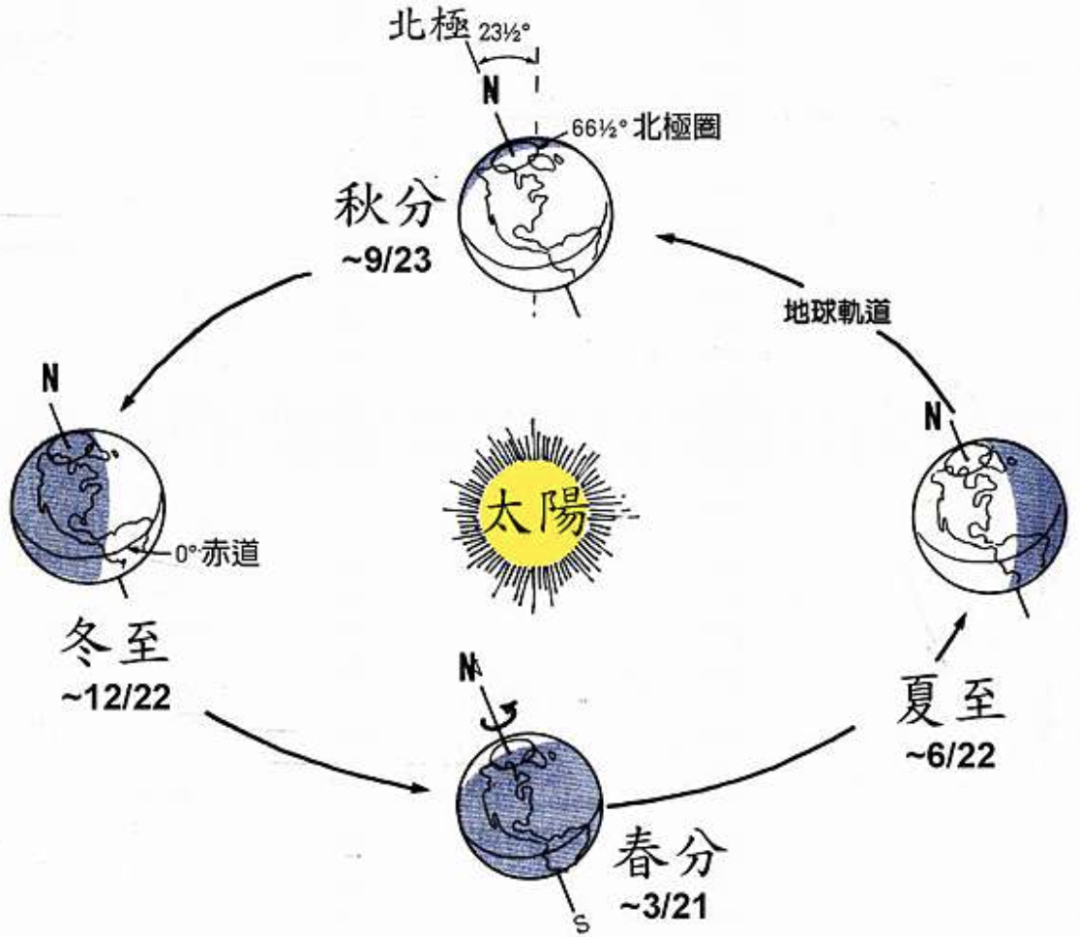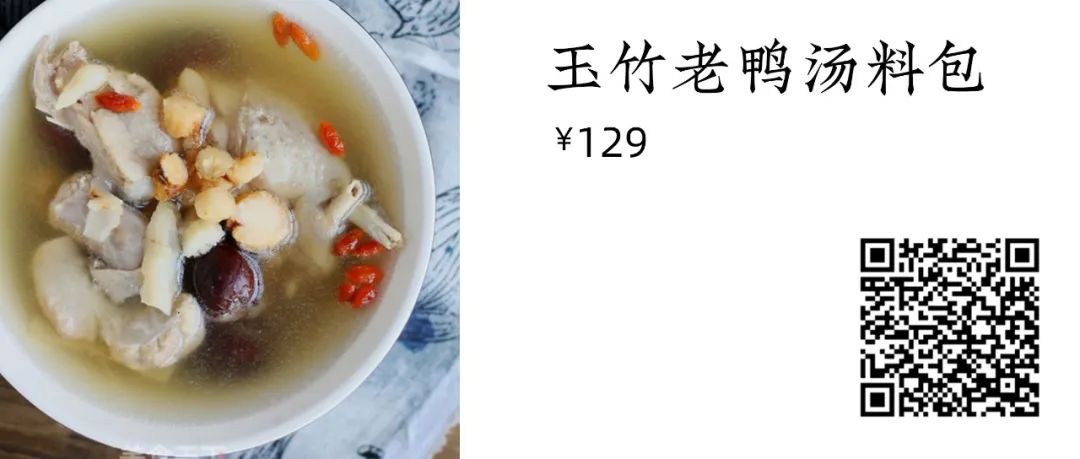“The Autumn Equinox is when Yin and Yang are in balance, hence day and night are equal, and the temperature is moderate.” The ancients referred to the Autumn Equinox as “the half of autumn,” which is how it got its name.
|
|
This year, the astronomical Autumn Equinox occurs on September 23 at 9:03:31 AM. At this time, the sun shines directly on the equator, making day and night nearly equal. The ground receives less solar radiation, and the temperature drops rapidly, contrasting with the rising natural energy of the Spring Equinox. The Autumn Equinox signifies a decline, with Yang energy further descending and converging.
The clear and refreshing autumn gradually gives way to cold winds and rain, and the vibrant flowers turn into endless fallen leaves. From this point on, the pattern of shorter days and longer nights begins. Yang energy gradually weakens, while Yin energy increases.
“Gorgeous and vibrant, mourning spring and lamenting autumn, to the point of ‘the silkworm dies’ and ‘the candle turns to ash,’ deep feelings are rare, and one can dry the river of love and extinguish the fire of desire.”
In the Qing Dynasty, Qian Qianyi wrote in the preface to “Li Yishan’s Poetry Annotations” as such.
In light of the characteristics of this season, we should not only add clothing in a timely manner to keep warm against the autumn chill, but also avoid extreme emotions.
As early as in the “Huangdi Neijing,” there are detailed discussions about the relationship between the seven emotions and the five organs:
Joy harms the heart, anger harms the liver, worry harms the lungs, thought harms the spleen, fear harms the kidneys. Excessive emotions can damage the internal organs. Traditional Chinese Medicine (TCM) believes that sudden, intense, or prolonged emotional stimuli can disrupt the body’s Qi mechanism, leading to imbalances in the Yin, Yang, Qi, and blood of the organs, which can result in disease, referred to as emotional disorders.
In the “Suwen: Tian Yuan Ji Da Lun,” it states: “Humans have five organs that transform into five Qi, giving rise to joy, anger, sadness, worry, and fear.” The seven emotions are a normal emotional state for humans.
If emotions become extreme, suddenly or persistently intense, exceeding one’s adaptive capacity, it can lead to the onset of disease or exacerbate existing conditions, affecting recovery.
People living in this era, from children to the elderly, each have their own worries.
Children face pressure from entrance exams, young adults in their twenties struggle with employment choices, middle-aged individuals in their thirties encounter promotion difficulties, while those in their forties experience physical decline. Women often suffer from liver Qi stagnation, and men frequently deal with kidney deficiency, many of which are rooted in long-standing emotional issues. The elderly are tormented by concerns about retirement and illness.
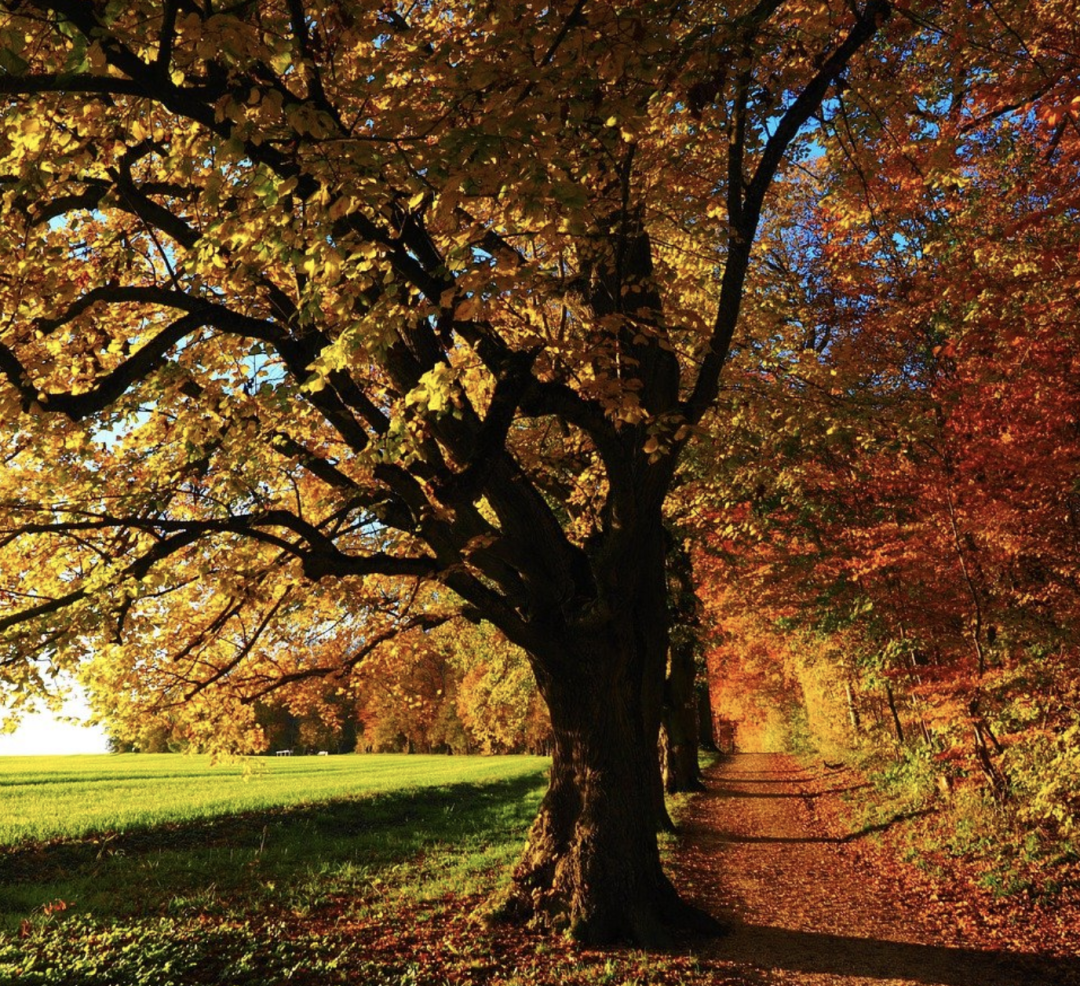
Faced with pressure and grievances, when one harbors pent-up anger with no outlet, it is easy to internalize heat or simply fail to regulate after a heat illness, leading to emotional imbalance and depression.
For such diseases, the use of lily (baihe) has shown significant therapeutic effects, hence the term “lily disease.” Zhang Zhongjing in the “Jinkui Yaolue” named it “lily disease” to describe diseases related to emotional distress.
The occurrence of “lily disease” is partly related to the heart’s lack of nourishment. Zhang Zhongjing stated: “Lily disease is caused by the exhaustion of the hundred pulses, resulting from overexertion.” This exertion refers specifically to mental strain. Secondly, if the heart is unsettled, the stagnant fire rises to the lungs, leading to lung stagnation and Yin deficiency, resulting in unstable emotions, difficulty sleeping, daytime drowsiness, and insomnia with vivid dreams.
The basic pathogenesis of lily disease is heart and lung Yin deficiency, with disturbed spirit. Zhang Zhongjing provided a treatment method using lily as the chief herb.
Thus, after the easily melancholic Autumn Equinox, lily is one of the most suitable recommended ingredients for the autumn season.
Recommended autumn ingredients: Lily (baihe)
 Medicinal dishes
Medicinal dishes Lotus Seed and Lily Soup
Lotus Seed and Lily Soup
Ingredients: 3-5 pieces of dried lily, 15 grams of lily, 20 grams of lotus seeds, one autumn pear, and appropriate amount of rock sugar.
Method: Soak the dried ingredients beforehand, bring the soaked ingredients to a boil over high heat, then simmer on low heat. Half an hour before serving, add the cleaned, pitted, and diced autumn pear to cook together.
Effects: These three are excellent for nourishing Yin and moistening the lungs. If the lungs are healthy, it is less likely to lead to depression.
Yam, Lily, and Jujube Porridge
Ingredients: 90 grams of yam or 30 grams of dried yam, 40 grams of lily, 15 jujubes, 30 grams of coix seeds, and an appropriate amount of rice.
Method: Cook all ingredients together to make porridge, adjusting the water quantity to personal preference.
Effects: Lily moistens the lungs and stops cough, calms the mind, and tonifies Qi. Yam tonifies the spleen and stomach, while jujubes and coix seeds strengthen the spleen and stomach. Together, these ingredients nourish Yin, tonify the stomach, clear heat, and moisten dryness, making it easier to stabilize emotions.
Yuzhu Duck Soup
Ingredients: Yuzhu (Polygonatum) duck soup pack, 1-2 sections of lotus root, one old duck, and three slices of ginger.
Method:
1. Prepare an old duck and 2-3 sections of lotus root.
2. After slaughtering the duck, remove the feathers and internal organs, wash it clean, and place it in a clay pot. Add all medicinal ingredients and an appropriate amount of water.
3. First, boil over high heat, then simmer on low heat for over an hour until the duck meat is tender. Add seasoning to finish; eat the meat and drink the soup.
Note: Ducks are waterfowl and are cool in nature, so ginger slices are essential.
|
|
Recommended autumn ingredients: Water Chestnut and Taro
Water chestnuts and taro are ingredients harvested in autumn, making them very seasonal for consumption at this time.
The “Compendium of Materia Medica” records that water chestnuts “can tonify the spleen and stomach, strengthen the knees, and enhance Qi,” and can also promote diuresis, lactation, and detoxification, making them highly recommended during weight loss.
As for taro, it is neutral in nature and sweet and pungent in flavor, with functions of tonifying Qi, benefiting the kidneys, harmonizing the stomach, and strengthening the spleen. It is very friendly for those with thirst and constipation due to spleen and kidney Yin deficiency, making it suitable for consumption in this season to tonify the spleen and nourish kidney Yin deficiency.
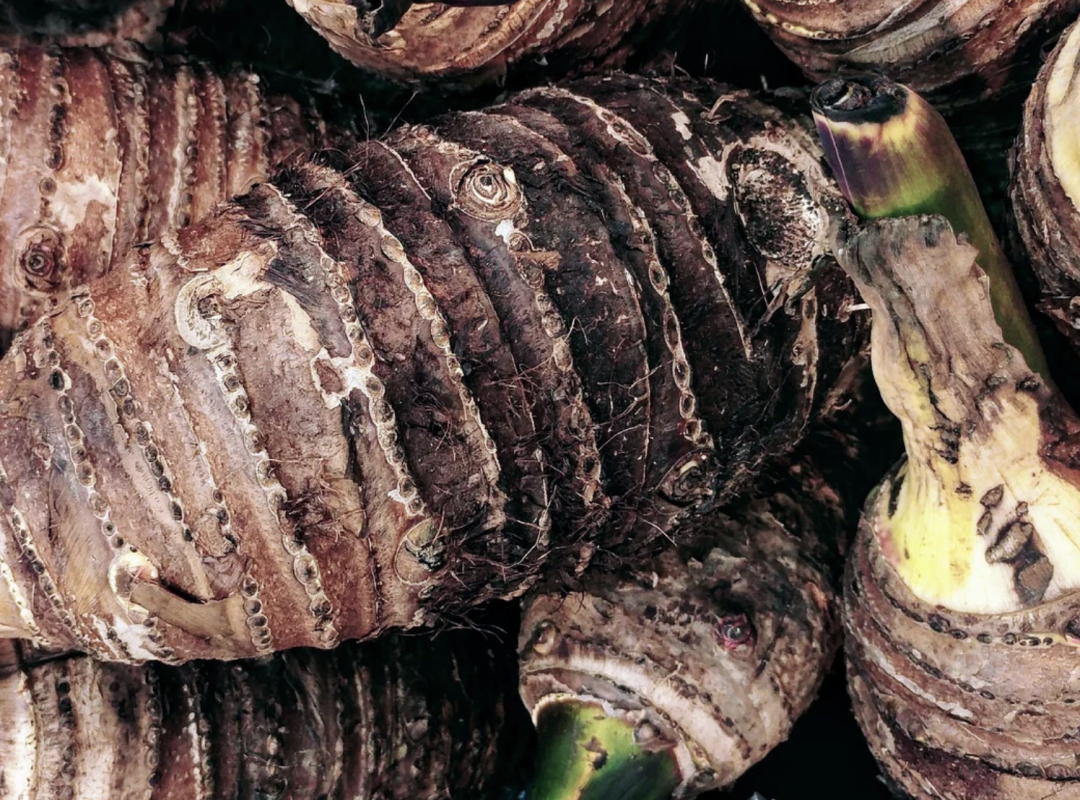
At the same time, taro can also resolve phlegm. This phlegm is not what we understand as the phlegm we spit out, but rather the lumps, nodules, and fibroids that are common in modern people. Therefore, whether one has nodules in the body or is prone to developing nodules and tumors, eating more taro can help dissolve phlegm and reduce lumps.
Medicinal Dish: Coconut Milk Taro Water Chestnut
Ingredients: Appropriate amount of coconut milk, 50 grams each of taro and water chestnut (for three servings).
Method:
Peel and cut the taro into small pieces, steam it with the water chestnuts until cooked, then remove the shell from the steamed water chestnuts.
Boil water in a pot, add the water chestnuts and taro, and cook on high heat for 5-10 minutes, then mix in the coconut milk.
Note: Water chestnuts are cool in nature, so they must be steamed and cooked thoroughly to reduce their cold nature. Taro can be eaten in small amounts frequently; overeating can lead to poor digestion, so moderation is key.
To combat autumn dryness, especially in the north or in air-conditioned rooms in the south, simply drinking water is not enough. Autumn dryness requires some nourishing soups and broths to support the stomach and nourish the five internal organs.
Continuing with recommended nourishing autumn ingredients: Pork Skin
Medicinal Dish: Nourishing Yin and Moistening Dryness Pork Skin Soup
Ingredients: 200 grams of pork skin, 15 grams of rice flour, 30 grams of white honey, and 1000 milliliters of mineral water.
Method:
Heat a frying pan, add rice to fry until golden brown, then grind into powder with a blender.
Wash the pork skin, remove the hair, and simmer in water until it becomes thick and sticky, which can take 1-2 hours. Just ensure there is enough water, adding hot water as needed, but do not add cold water.
Once the soup is thick, remove the pork skin, add the rice flour, and continue to simmer for another hour. Gradually mix in the honey, keeping it on low heat, and turn off the heat once it boils.
Effects:
Zhang Zhongjing in the “Shanghan Lun” has a famous formula originally used for Shaoyin disease, which is this pork skin soup. It can treat symptoms such as diarrhea, sore throat, chest fullness, and irritability, and can “harmonize the blood vessels and moisten the skin.” However, due to its very simple ingredients, it is often used as a reliable food supplement.
This soup clears heat without harming fluids, moistens dryness without being greasy, and makes the body moist from the inside out.
Because autumn dryness can easily harm the lungs and Yin, using pork skin to make soup can nourish the Yin fluids of the lungs and kidneys, clearing the virtual fire of Shaoyin, effectively addressing symptoms such as sore throat, irritability, nosebleeds, dry skin, and insomnia.
Note: Pork skin is nourishing but does not cause diarrhea; when using it, be sure to clean off the fatty layer on the inside.
Autumn Nourishing Ingredient: Osmanthus
Sentimental people are prone to sadness in autumn, especially after the Autumn Equinox. For them, the falling leaves signify the impending bleakness of winter. There is no vitality, no color, and no vigorous life force; the increasing chill after the Autumn Equinox brings a wave of cold and desolation.
However, heaven is merciful, having created osmanthus, which blooms specifically in autumn to alleviate sadness. Osmanthus can help to soothe the liver and relieve depression, reviving the spirit.
Therefore, people, especially women who prioritize liver health, should use osmanthus to harmonize Yang, as autumn and winter are the best times to nourish Yin.Autumn is the most suitable time to consume osmanthus for health and well-being.
In our sour plum soup, we have included a good amount of osmanthus.
Osmanthus was first included in traditional Chinese medicine in the “Tang Materia Medica,” stating that its skin “treats a hundred diseases, nourishes the spirit, and harmonizes color…” In the “Compendium of Materia Medica” by Li Shizhen in the Ming Dynasty, it is said: “The flowers can be white (silver osmanthus), yellow (golden osmanthus), or red (dan osmanthus). There are autumn flowers, spring flowers, flowers of all seasons, and flowers that bloom monthly… Only the flowers can be collected for tea, soaked in wine, salted, or used for fragrance and hair care.”
Osmanthus has a fragrant and spicy flavor, is warm in nature, and enters the lungs, spleen, and kidney meridians. It functions to warm the lungs, transform phlegm, and relieve pain, and can be used for phlegm, cough, and cold abdominal pain, as well as menstrual pain.
According to “Luchuan Materia Medica,” osmanthus “treats phlegm and cough.” Its fruit warms the stomach, calms the liver, and disperses cold, used for cold stomach pain. Its root dispels wind and dampness, relieving pain in the bones and kidneys.
Recommended Osmanthus Dietary Recipe:
Tianxiang Soup
Gao Lian recorded several recipes for using osmanthus in dishes and teas in “Zunsheng Eight Notes, Volume 14-15, Food and Drink Notes,” such as osmanthus tea soup, osmanthus cake, osmanthus steamed meat, and this Tianxiang Soup.
In Gao Lian’s original text, the preparation process for Tianxiang Soup is recorded as follows:
“When the white osmanthus blooms in the morning dew, use a stick to knock down the flowers, collect them in a cloth, remove the calyx, and place them in a vessel. Mash fresh osmanthus into a paste, squeeze out the juice, and store it. For every pound, add one tael of licorice and ten salted plums, mash into cakes, and seal in a porcelain jar. Use boiling water to consume.”
The osmanthus flower, white with yellow stamens, is referred to here as “white osmanthus” by Gao Lian.
However, today, this Tianxiang Soup is personally prepared by Dr. Wang, differing from the simple brewing methods outside. With careful proportions of licorice and homemade salted plums, then mashed and dried, the Tianxiang Soup is milder and more suitable for everyone, especially during this autumn season, as it can effectively soothe the liver, relieve depression, strengthen the spleen and stomach, moisten the intestines, and resolve phlegm and stasis.
Tianxiang Soup is not suitable for boiling; just boil water, turn off the heat, and steep the Tianxiang Soup for 5 minutes. It can also be used as a base for brewing other teas, which is a unique and healthful insight from ancient times, often seen in dramas and films that replicate Song Dynasty aesthetics.

Tianxiang Soup Version Snow Pear Tea
Ingredients: One Tianxiang Soup flower pack, one snow pear, and an appropriate amount of rock sugar.
Method: Remove the core from the snow pear, wash it clean, and cut it into small pieces. Place it in a pot with rock sugar and cook for 15 minutes. Then, add the Tianxiang Soup to a large tea cup, pour in the snow pear water, cover, and steep for about 5 minutes before drinking; the snow pear can also be eaten.
Snow pear has the effects of generating fluids, moistening dryness, nourishing the skin, and clearing heat and phlegm. Tianxiang Soup has the effect of resolving phlegm and stopping cough; together, they generate fluids, moisten the lungs, and nourish the skin while alleviating dryness. This is especially suitable for relieving dryness caused by autumn heat, leading to dry mouth and throat, and dry skin.
Similarly, we can add Tianxiang Soup to any sweet soup after cooking, letting it steep for five minutes to create a uniquely fragrant sweet soup that also promotes spleen and stomach health and warms the uterus.
Two Hair Care Recipes Suitable for Autumn for Hair Loss: 1. For those with oily hair and dandruff:
50 grams of mulberry bark, 50 grams of arborvitae leaves (or 50 grams of pine needle leaves), 100 grams of tea seed cake (powdered), and 15 grams of shepherd’s purse, add 1500 milliliters of water and boil for 30 minutes, then cool to a suitable temperature for washing hair.
2. For those with insufficient Qi and blood, and a cold constitution:
50 grams of mulberry bark, 50 grams of arborvitae leaves (or 50 grams of pine needle leaves), 100 grams of ginger (crushed), and 10-15 grams of mugwort leaves, add 1500 milliliters of water and boil for 30 minutes, then cool to a suitable temperature for washing hair.
Autumn Hair Care Tips:
To nourish hair, frequent combing and massage are essential.
Ancient health practitioners advocated that “hair should be combed often.” As stated in the “Treatise on the Origins of Diseases,” “Combing a thousand times prevents hair from turning white.”
Combing can promote local Qi and blood circulation in the head, dispel wind, and improve vision. Sufficient Qi and blood can nourish and strengthen hair, promote sleep, and is significant for health and wellness.
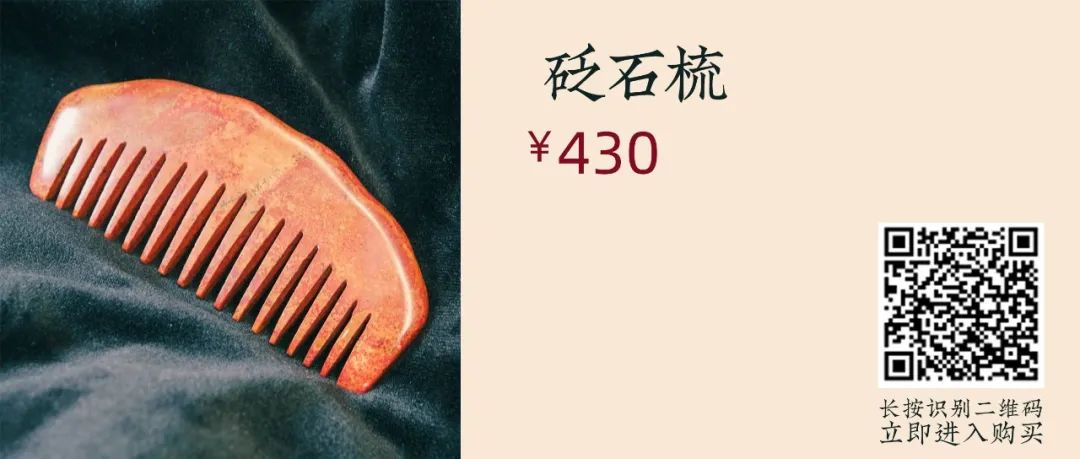
It is generally recommended to comb hair during: early morning, during lunch breaks, before bed, or at any other free or restless time.


